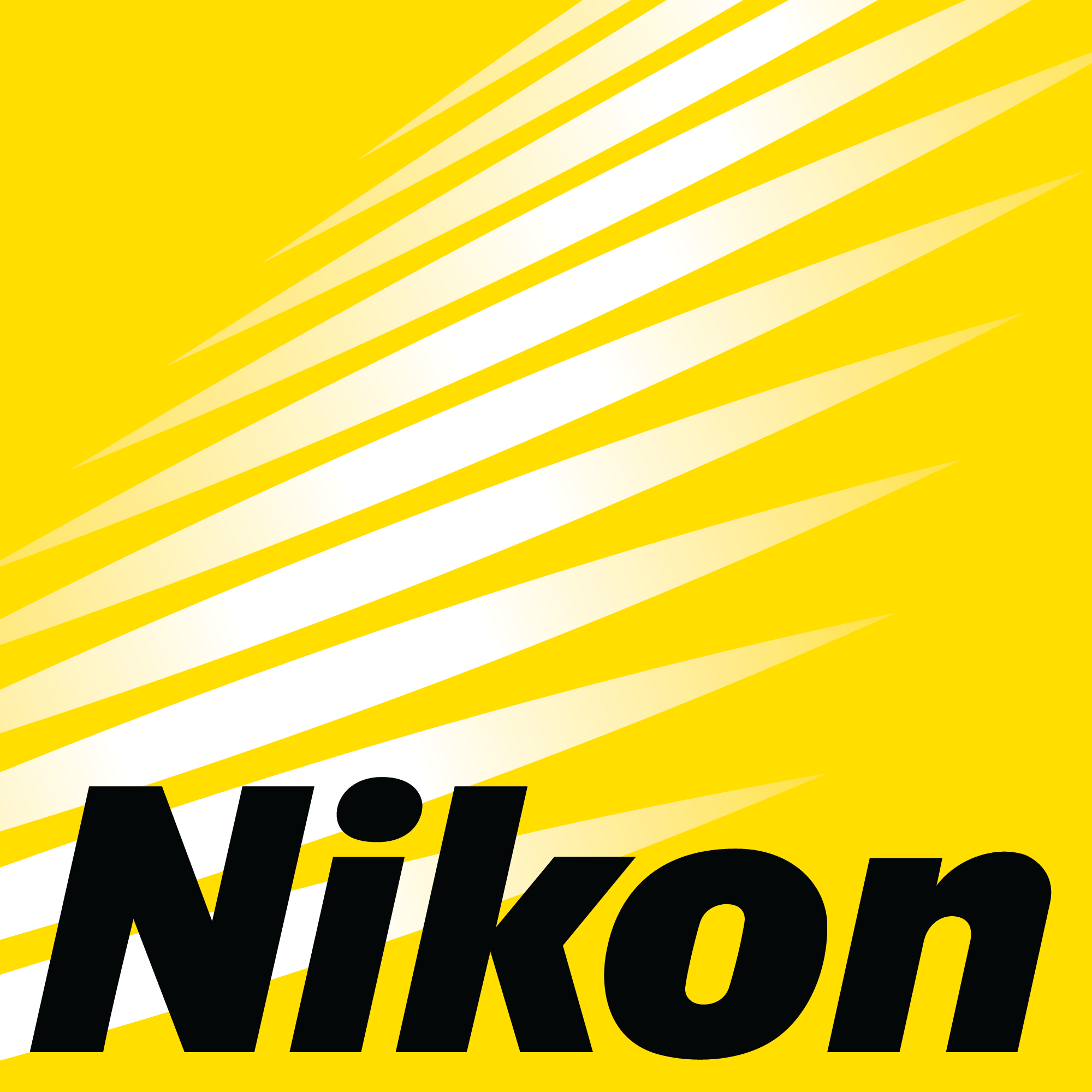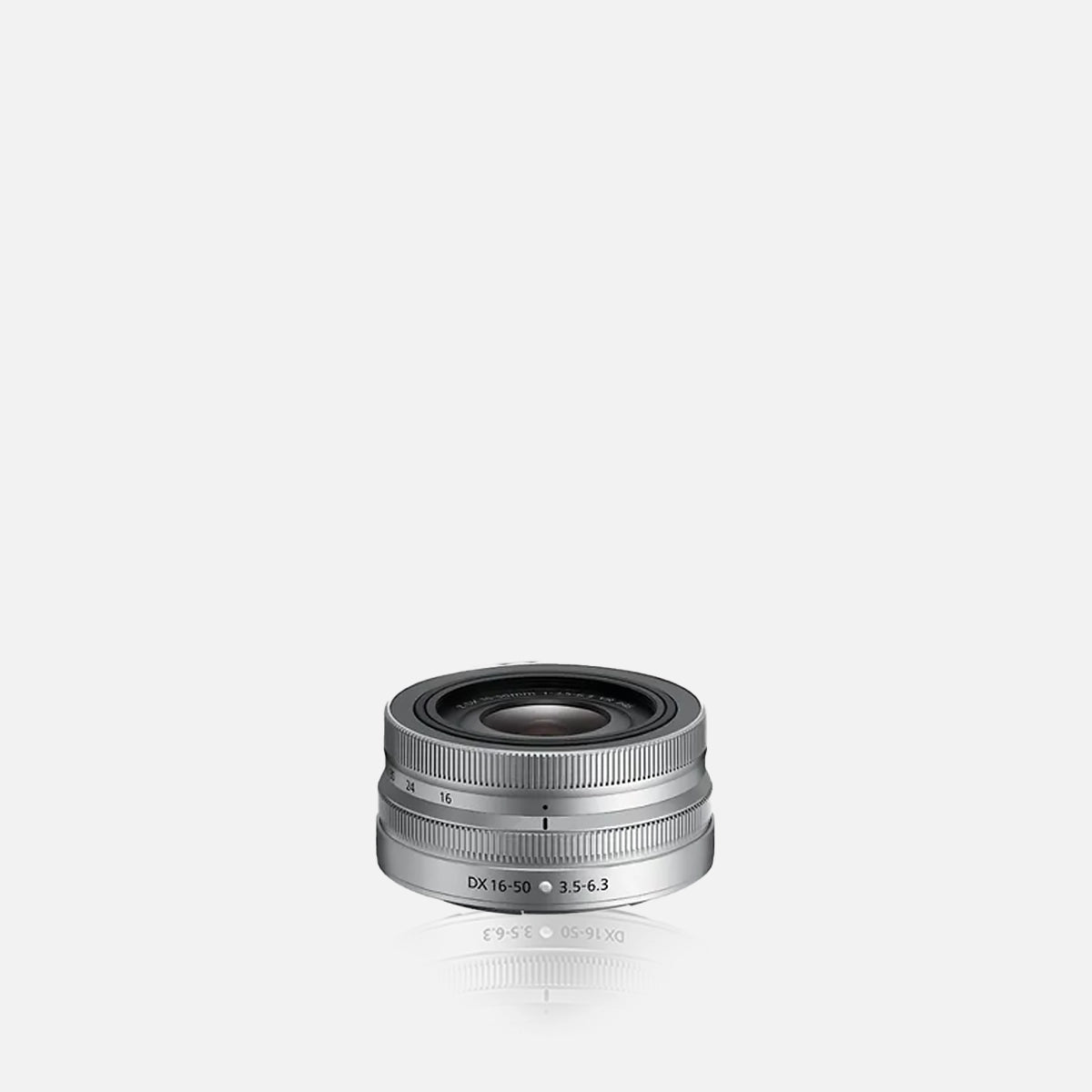
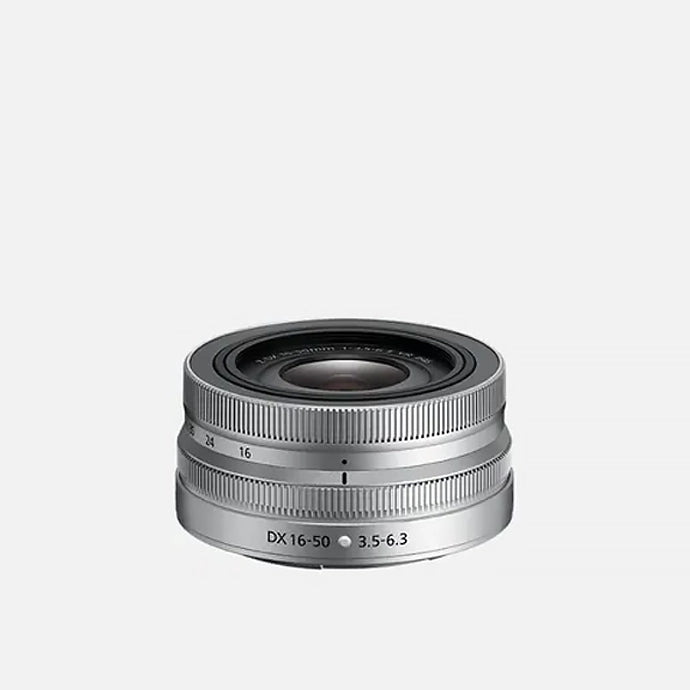
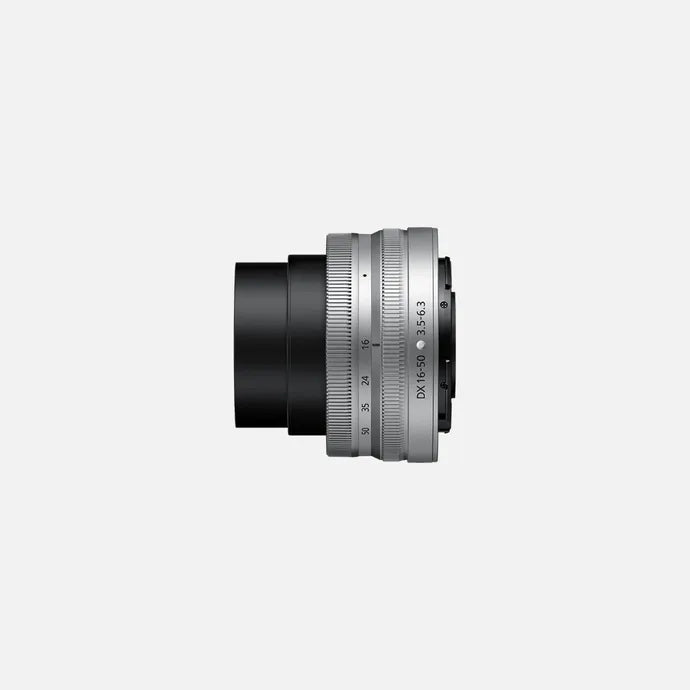
NIKKOR Z DX 16-50mm f/3.5-6.3 VR Silver
Free NZ Shipping for all orders over $150
$10 Fixed Standard Shipping for all orders below $150

Short and sweet.
Go big with the
smallest Z lens.
The smallest DX format lens ever, now with a special edition silver finish to compliment the classic look of the Z fc. So light, you’ll want to carry it everywhere. So stable, you can rely on it for steady videos and webcam streaming and sharp street photography. This is your all-around lens for everyday shooting.

.jpg)
|
Take it wherever you go. So small and light, yet it does so much. Go wide for landscapes, interiors and selfies or zoomed in for portraits and close range shots. When it’s on your shoulder or in your bag, it retracts for protection. |
 |
 |
VR keeps it steady. Built-in VR image stabilization counteracts hand-held camera shake for steadier videos and sharper photos. It also lets you shoot stills at slower shutter speeds without causing motion blur. |

Your video side-kick.
The NIKKOR Z DX 16-50mm f/3.5-6.3 VR (SL) covers all the angles—wide establishing shots, medium shots, and close-ups. It’s lightweight design is great for shooting handheld with VR or on a gimble. A high-speed stepping motor powers compatible cameras’ full-time Eye Detection AF in video. The wide-angle zoom is ideal for vlogging, streaming and when using your Z camera as a webcam.
 |
 |
 |
|
Fast, silent focus. The NIKKOR Z DX 16-50mm f/3.5-6.3 VR (SL) uses a blazing fast, nearly silent stepping motor for autofocusing, and it performs brilliantly with Z series' Eye Detection AF to keep focus right where you want it. |
Striking contrast. Extra-low Dispersion (ED) and Aspherical glass elements reduce color defects for sharper, clearer images with outstanding contrast. |
Assign it. Control it. Assign your favorite function to the control ring—aperture/iris control, ISO adjustments, exposure compensation or manual focus. |
Technology
ED (Extra-Low Dispersion) Glass
An optical glass developed by Nikon that is used with normal optical glass in telephoto lenses to obtain optimum correction of chromatic aberrations.
Aspherical Lens
A lens with a curved, non-spherical surface. Used to reduce aberrations and enable a more compact lens size. Aspherical lenses minimize coma and other types of lens aberrations, even when used at the widest aperture. They are particularly useful in correcting distortion in wide-angle lenses and help contribute to a lighter, more compact design by reducing the number of standard (spherical) elements necessary. Aspherical lens elements correct these distortions by continuously changing the refractive index from the center of the lens.
Electromagnetic Diaphragm Mechanism
An electromagnetic diaphragm mechanism in the lens barrel provides highly accurate electronic diaphragm or aperture blade control when using auto exposure during continuous shooting.
IF Lens
A NIKKOR lens in which only the internal lens group shifts during focusing. Thus, IF NIKKORS do not change in size during AF operation, allowing for compact, lightweight lenses capable of closer focusing distances. These lenses will be designated with the abbreviation IF on the lens barrel.
Stepping Motor
NIKKOR Z lenses use a stepping motor for fast, accurate, smooth, quiet autofocus with reduced wobbling. This quiet drive system makes the lenses ideal for use when shooting video.
Vibration Reduction
A Nikon in-lens technology that improves image stability by automatically compensating for camera shake. Lenses that offer VR will feature the abbreviation VR on the lens barrel.
Super Integrated Coating
Nikon Super Integrated Coating is Nikon's term for its multilayer coating of the optical elements in NIKKOR lenses.
